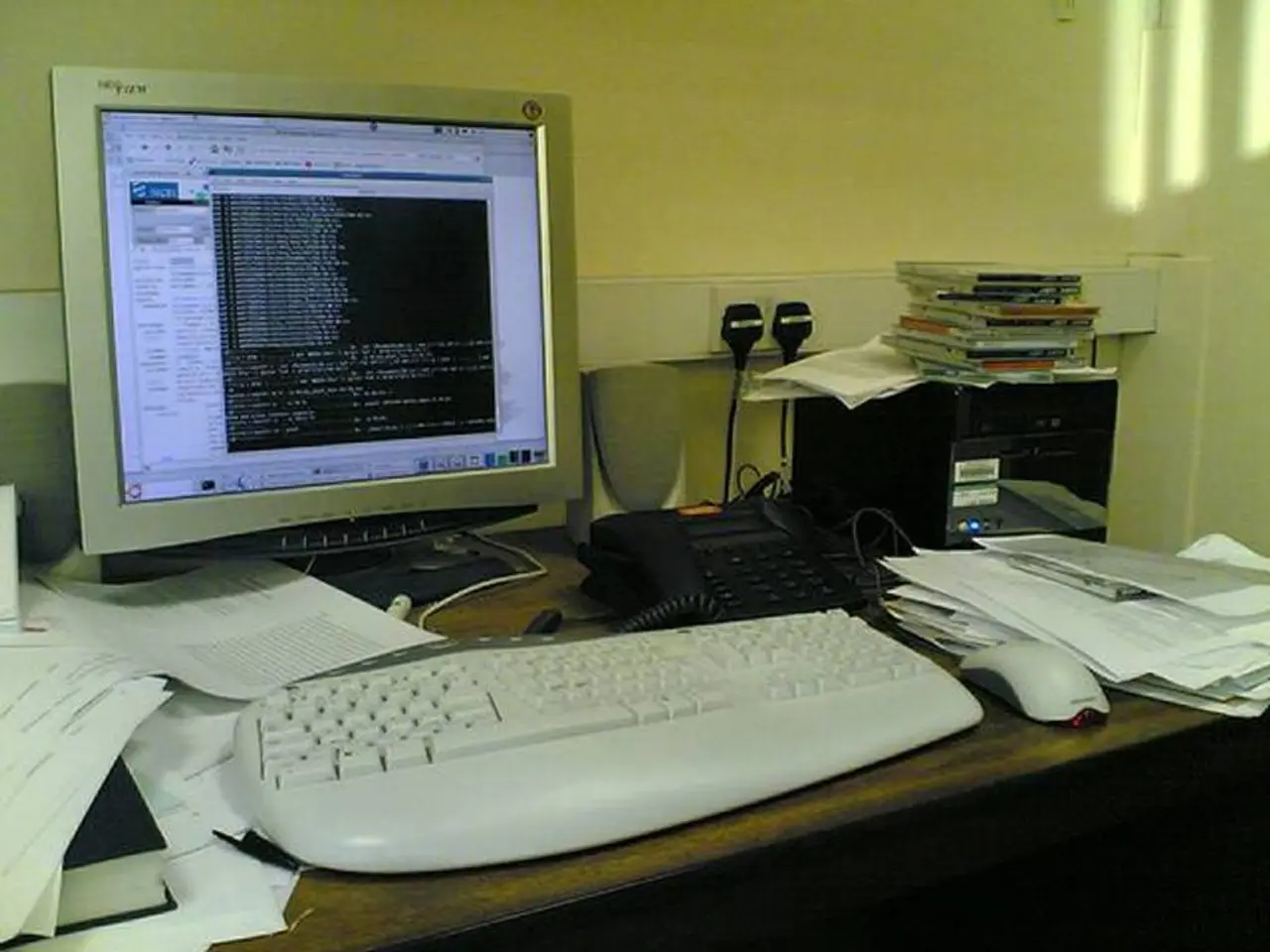Time Management and Perception of Time: Why Your Productivity Might Be an Illusion
In today's fast-paced world, multitasking has become a common practice for many individuals striving to juggle multiple responsibilities. However, new research suggests that multitasking may not be as beneficial as previously thought, impacting productivity and time perception in significant ways.
### The Impact of Multitasking on Productivity
Multitasking can lead to a reduction in productivity by up to 40%, as each time you jump between tasks, your brain has to reset its context, slowing progress on the new task[1]. This fragmented approach to work can increase the time required to complete individual tasks[1]. Focused work, on the other hand, can reduce task completion time by up to 25% compared to multitasking[1].
### Multitasking and Time Perception
Multitasking often results in underestimating the time spent on tasks due to the divided attention, leading to poor time management and a sense of being overwhelmed[3]. This distortion in time can contribute to stress and anxiety[3].
### Strategies to Reduce Multitasking and Improve Focus
#### Time Management Techniques
Adopting techniques such as time blocking and the Pomodoro Technique can help manage time more effectively. Time blocking involves scheduling tasks in dedicated blocks with minimal distractions, allowing for focused engagement with each task[5]. The Pomodoro Technique involves working in focused 25-minute increments, followed by a 5-minute break, to maintain high productivity and reduce multitasking[5].
#### Minimize Distractions
Identifying and avoiding time-consuming activities, such as excessive social media use or non-essential multitasking, can help reduce distractions[3]. Creating a conducive environment by optimising your workspace to reduce distractions and promote focus is also crucial[3].
#### Body Doubling Effect
Working in the presence of others can increase productivity and focus through the body doubling effect, which leverages social presence to enhance performance[1].
#### Mindfulness and Hyperfocus
Cultivating mindfulness can help avoid unconscious engagement in non-productive activities[3]. Harnessing periods of intense concentration, or hyperfocus, can help complete critical tasks[4].
By implementing these strategies, individuals can significantly reduce the negative impacts of multitasking and improve both productivity and focus. Single-tasking allows the brain to enter a "flow" state, boosting performance and solidifying time perception and memory. Top performers often use blocks of uninterrupted time for their best work, known as "time batching" or "monotasking".
Multitasking not only reduces productivity but also distorts time perception, leaving days feeling busy but unfulfilled. Multitasking, as commonly understood, is not doing multiple things at once, but rather rapidly switching between tasks. By limiting distractions, embracing single-tasking, and supporting focus through rest, mindfulness, and smart supplementation, one can reclaim productivity and a sense of control over time.
[1] University of California, Irvine. (2011). Multitasking reduces brain's ability to filter out irrelevant information. ScienceDaily. Retrieved October 2, 2022 from www.sciencedaily.com/releases/2011/07/110728124442.htm
[2] Stanford University. (2009). Multitasking reduces brain capacity. ScienceDaily. Retrieved October 2, 2022 from www.sciencedaily.com/releases/2009/02/090211135018.htm
[3] University of California, Berkeley. (2018). Mindfulness training may help people pay attention to their attention. ScienceDaily. Retrieved October 2, 2022 from www.sciencedaily.com/releases/2018/08/180802162349.htm
[4] Harvard Business Review. (2016). Hyperfocus: Why a Little Inattention Can Make You More Productive. Retrieved October 2, 2022 from hbr.org/2016/07/hyperfocus-why-a-little-inattention-can-make-you-more-productive
[5] Pomodoro Technique. (n.d.). Retrieved October 2, 2022 from pomodorotechnique.com/pomodoro-technique/
- Incorporating news articles or reading materials on topics such as education-and-self-development, health-and-wellness, science, and personal-growth into dedicated blocks of time can help reduce distractions and improve focus.
- Focusing on one task at a time, such as a fitness-and-exercise routine, can lead to more efficient workouts and better results, rather than trying to multitask during exercise.
- Mental-health issues, like stress and anxiety, can be exacerbated by poor time management and the fragmented approach to work that often results from multitasking; practicing mindfulness and adopting time management techniques can help manage these concerns.
- During periods of focused work, individuals might find it beneficial to load up on tasks related to productivity, such as task planning, email management, and goal setting, to maximize their concentrated efforts.




